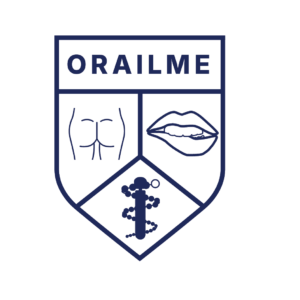Researchers at UR have been actively involved in influenza vaccine research through the David H. Smith Center for Vaccine Biology and Immunology. The center is located on the top floor of the Kornberg Medical Research Building at UR Medical Center.
Assistant Professor of Microbiology and Immunology David Topham, who is a member of the Center for Vaccine Biology and Immunology and co-director of New York Immunology Center of Excellence, talked about current UR research in the field of influenza vaccines and the H1N1 pandemic.
Topham says that students and others can get involved through a surveillance study, which is only administered at UR. In the study, participants submit blood samples, which are exposed to the H1N1 virus and test flu vaccine and monitored over their course of time at the University.
‘This is important because no one has ever done this before,” Topham said. ‘No one has ever followed a group of individuals for an extended time period and looked at how their body’s response to flu changes from year to year.”
The labs at UR continue to run tests and research in hopes of making a difference in the development of influenza vaccines. Aside from the surveillance study, tests are run on human and animal models. By studying the body’s response to the flu, researchers seek to design an appropriate vaccine for the reactions. Topham added that such tests do not foster immediate answers and results.
‘The kind of research we are doing is not going to make a difference today or tomorrow, but hopefully we can design new vaccine technology for the future once we understand the immune response better,” he said.
When asked about the major concern surrounding H1N1, Topham explained that the virus itself is no more dangerous than the seasonal flu. However, he added that it is genetically distinct and has never been seen in humans before. Consequently, fewer people are immune, which allows it to spread easily and quickly.
Flu symptoms, however, should not be confused with cold-like symptoms. Though this may often be the case, Topham stressed that there are several distinguishable factors between the two.
‘Influenza is usually characterized by a sudden onset of symptoms,” he said. ‘You start the day feeling fine, and then within a couple hours suddenly you have a fever, your body aches, headaches, etc. With the cold, you may have a runny nose or a cough but you rarely have fever.”
UR is one of three research universities that belong to the New Vaccine Surveillance Network, an organization sponsored by the Center for Disease Control and Prevention that works to prevent diseases like H1N1 by developing vaccines. The H1N1 flu first appeared in humans in April. H1N1, formerly known as the swine flu, is a strain of the flu virus that has infected people worldwide. Scientists believe that this strain is a mutated version of swine flu that can infect humans. The first shipments of the 2009 H1N1 vaccine will be made available to the public as early as this week.
UR is also part of the NYICE, an interdisciplinary project aimed at revolutionizing flu research funding is provided largely by the National Institute of Health.
As researchers continue to seek the perfect H1N1 vaccine, Topham insists that students and others seek flu vaccinations.
‘I think everyone should take the vaccine every year,” he said. ‘It’s free and it’s safe. You will probably have some redness and soreness where you got the shot. As an immunologist, I think that’s a good sign. If you get a shot and your body reacts, that’s a good thing. It means your immune system is working.”

